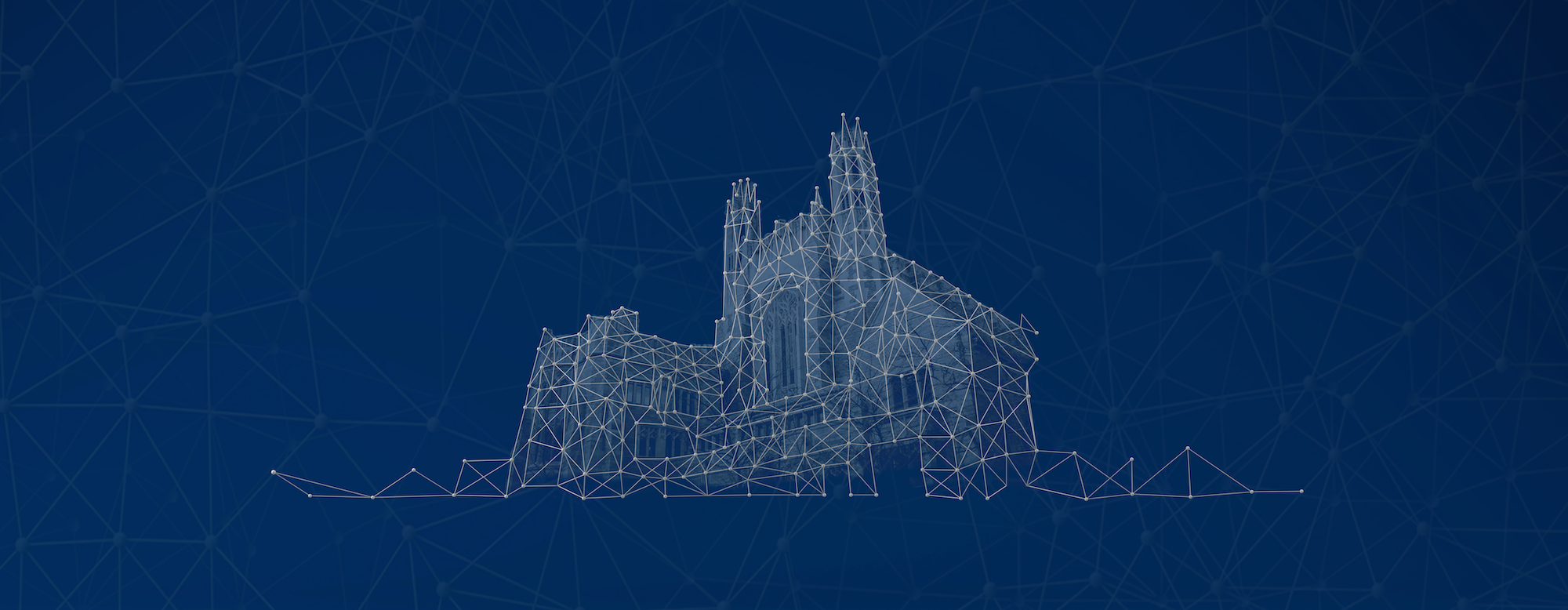Over the past three decades, most people have become accustomed to dealing with music, film, photography, and other expressive media stored in digital format. However, while great strides have been made in digitalizing what we see and hear, there has been far less progress in digitalizing the other senses. This lack of progress is especially evident for the chemical senses of smell and taste. However, all this may soon change. Recently, several groups of researchers have commenced various projects that could store odors and flavors in a digital format, and replicate them for humans.Digitalization of odors and flavors has significant potential. Most obviously, it would allow odors and flavors to be stored without degradation—and transmitted over long distances by e-mail or the internet—without the need to deal with a physical object. At the same time, digitalization could create a number of potential problems, including deceptive distortion of digital odors and flavors, as well as the misuse of well-known odors and flavors for unconnected goods and services.This article explores one subset of these potential problems: namely, those in the realm of trademark law. After discussing the state of the technology, the article explores how trademark law can respond to certain uses of digital flavors. It analyzes various trademark law issues that may arise, such as whether a party can obtain trademark rights in a digitalized flavor as well as whether others can borrow an existing flavor to market their goods or services. While the focus is on flavor—which due to its idiosyncrasies presents the most difficult problems—many of the same conclusions will apply to odors.Because digitalization technology in the realm of flavors is still very primitive, the article is predictive in nature. Nevertheless, by identifying the potential obstacles and problem areas now, the legal system may have time to react before the technology inevitably becomes feasible.
